International hunting videographer and photographer Dallas Hemeyer recently sat down with Evan Hafer on the Free Range American podcast to discuss the thrill of hunting lions in Tanzania.
While all lion hunting is exciting, Hemeyer explained how hunting the big cats in Tanzania differs from hunting them in other parts of Africa.
“South Africa is kind of like Texas. It’s all privately owned, and they can manage things exactly how they want. There are small properties where it’s not really much of a hunt,” Hemeyer said. “What separates Tanzania from South Africa is that it is true wild, big country. There are no fences. It’s just massive chunks of land and old-school safaris.”
Like those traditional safaris of times past, lion hunting in Tanzania is rough and dangerous and takes a ton of hard work.
Hemeyer explained the process. “First, we got to get the bait down. We drag the bait, then we hang the bait. Once [a lion] hits the bait, then we’ve got to go and build the blind. Once the blind is built, then we sit and the animal has to come in daylight hours.”
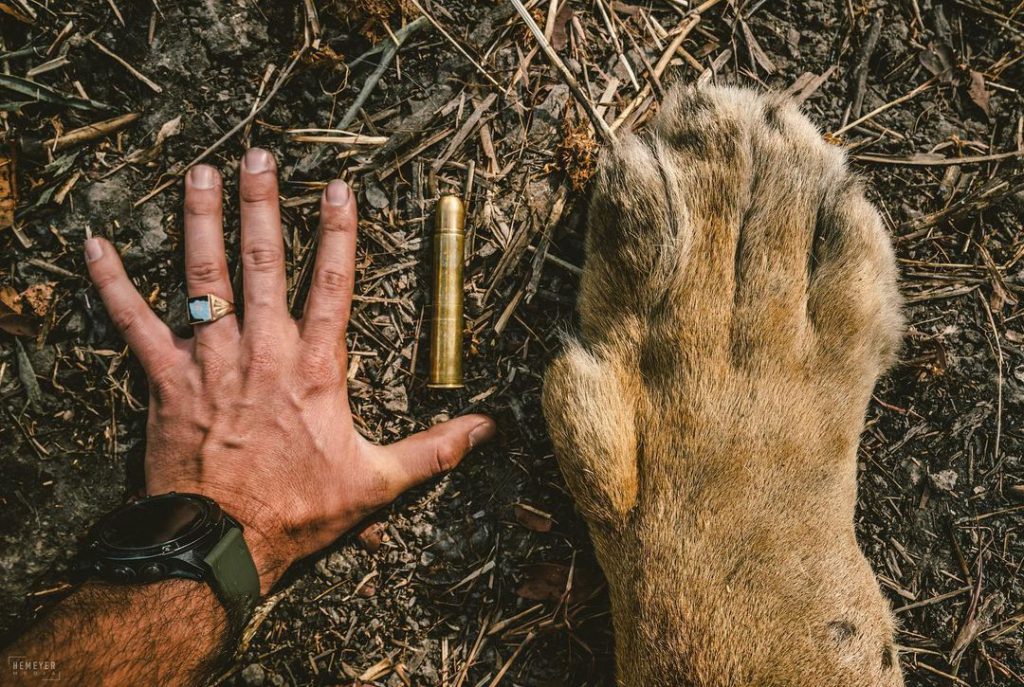
Lions often hit baits during the night. However, shooting before daylight is illegal. So hunters have to be in the blinds well before sunrise but wait to shoot until sunup.
“We have what we like to call a walk-in approach. Essentially, we build a silent dirt trail for two to three hundred yards into this big grass blind, so we can just sneak in in the dark,” Hemeyer said. “It’s a serious process. There was a time we went on like three safaris without getting a lion. That’s 90 days of hunting and baiting [without results]. It’s not easy. You’re going to have to work for it.”
Hemeyer also described one hunt where all that hard work really paid off.
During that particular trip, Hemeyer’s party received a call that several lionesses and their cubs had been found dead. The caller also informed them the two rogue males responsible for the carnage had just hit their bait.
“The next morning, we got up at 3. We go in, and the first one is on the bait. The guide is going to close the door, and he hears something. He looks out the corner, and this monster lion is coming through. It’s like 10 yards away and working around to the back of the blind.”
The guide quickly realized the lion had spotted them slipping through the grass in the dark and was now trying to get into the blind.
“All of a sudden, [the guide] motions to our client. He’s like, step outside the door and shoot it. So, the client steps out.”
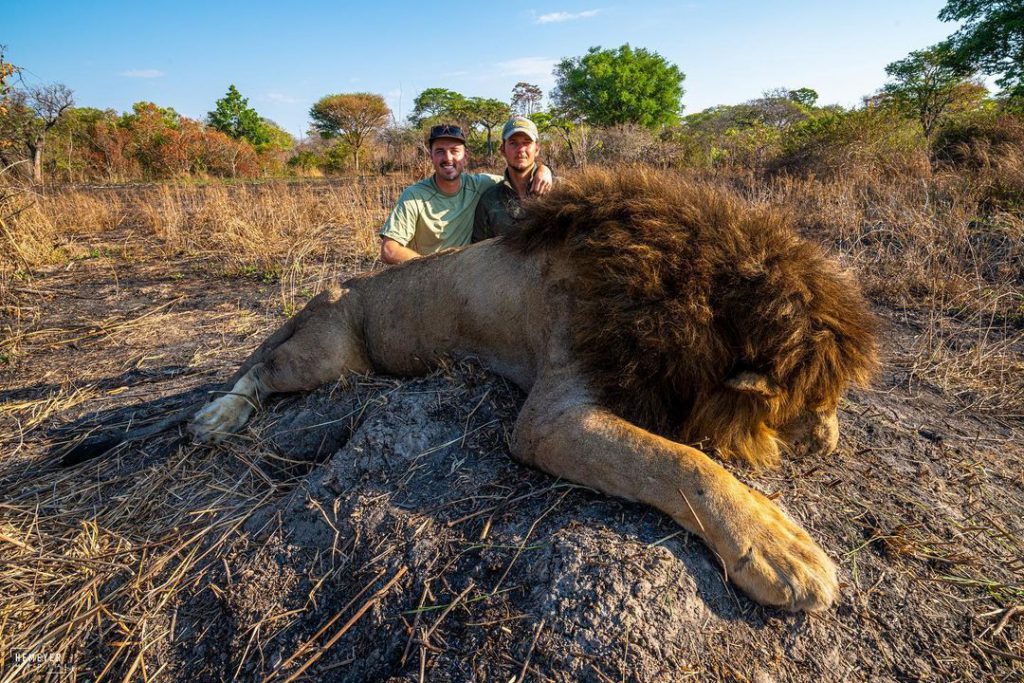
That’s when Hemeyer is pushed through the door with his camera.
“As I get out, the lion sees both of us. It’s probably like 6 yards away, and as I step out, the lion roars. I’m waiting for it to knock me down. The client shoots, and I just see flashes of the gun going off.”
After the shot, they searched for blood without success. The client missed.
Frustrated and disappointed, they began the hike back to camp. That’s when one of the trackers began shouting, “Simba! Simba!”
The same lion was back on the bait.
“We run back down to the blind. Boom! Smoke this lion. He runs off into the trees. As he runs off, the other lion comes out. He walks over, sees his brother, and realizes he’s now top shit. He starts making a scrape and walks into the trees.”
For the safety of the other lions in the area, the hunters wanted to take both males, so one of the guides started mimicking the sound of another lion on the bait.
“He calls this other lion back out of the brush. [The client] shoots, and the second lion dies 30 yards away from the first one,” Hemeyer said. “It doesn’t even make sense. It doesn’t happen. When you shoot a big animal, it’s old, It’s big, and it’s smart for a reason. This is the craziest trip. We’ve shot as many lions this trip, as we’ve shot in seven safaris. We were just riding this high.”
Read Next:

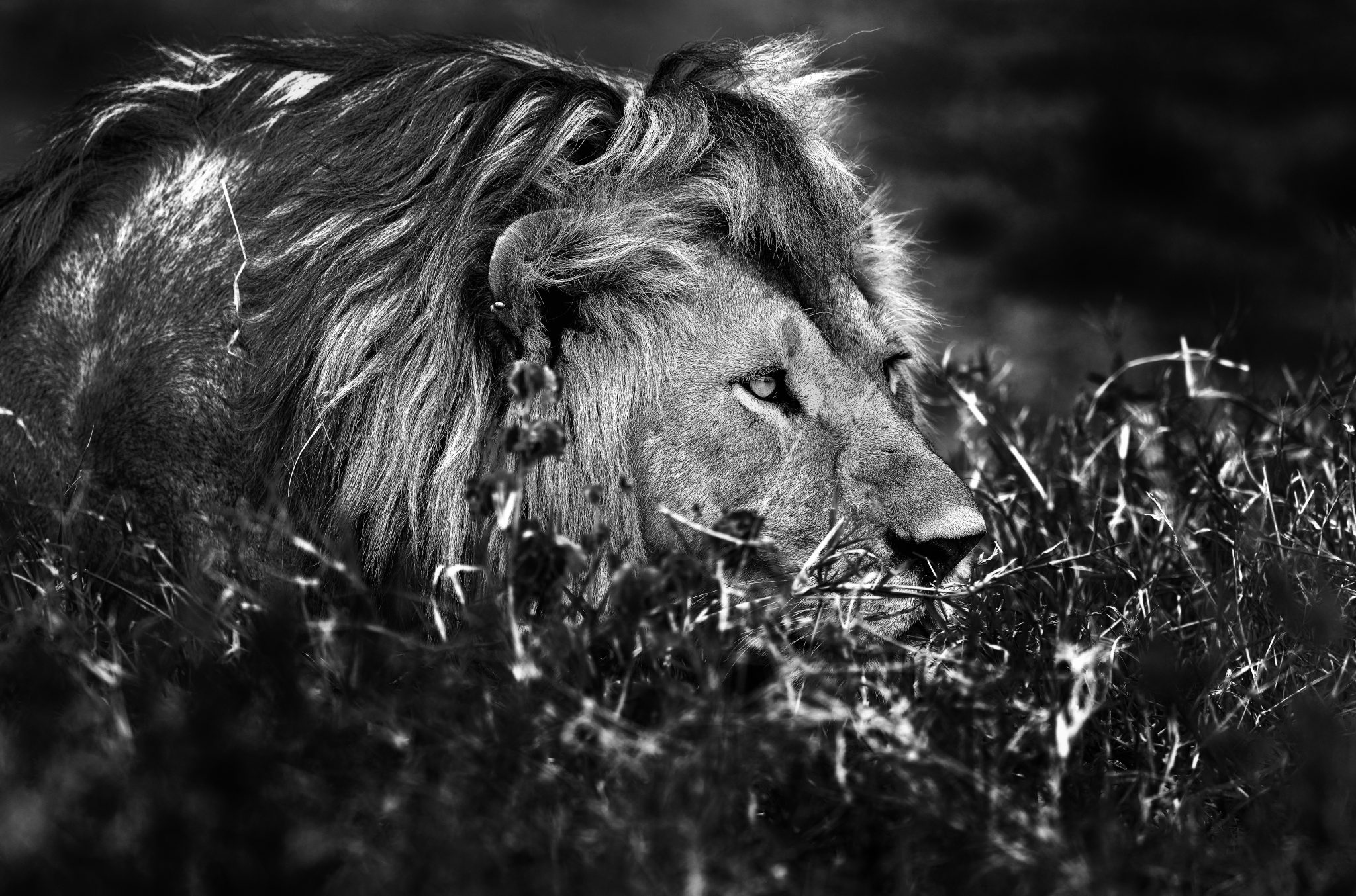

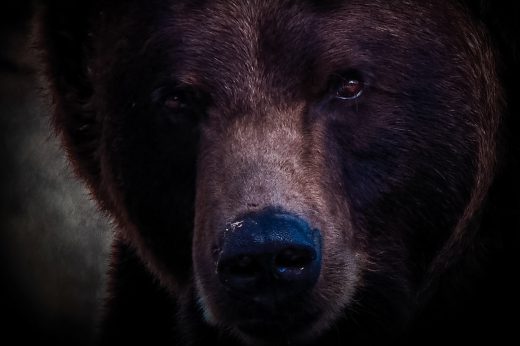
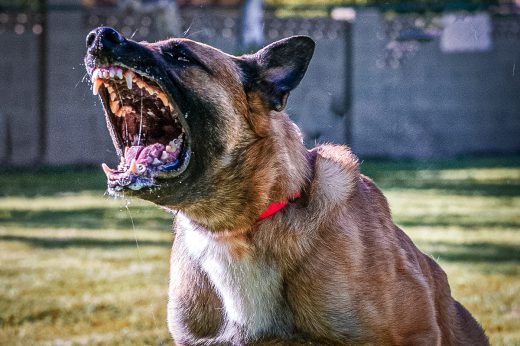
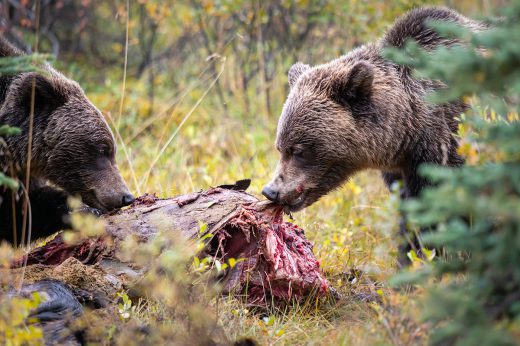


Comments